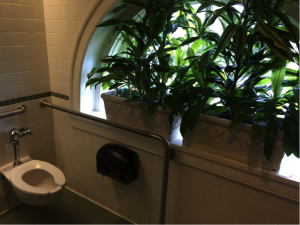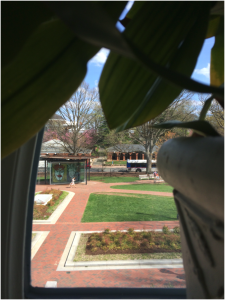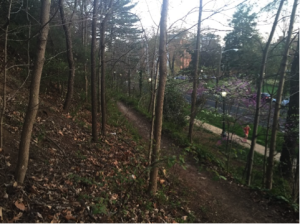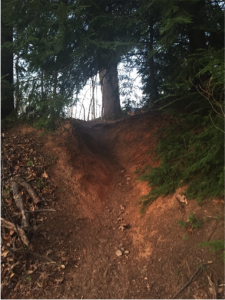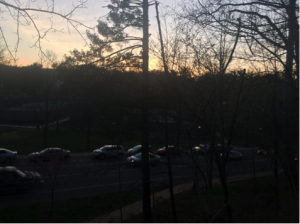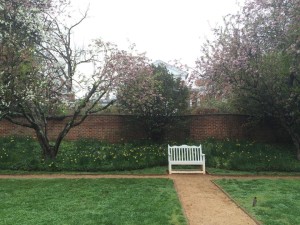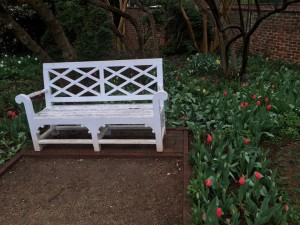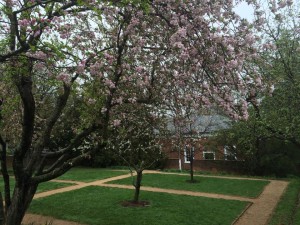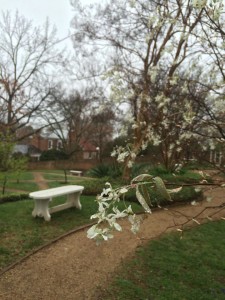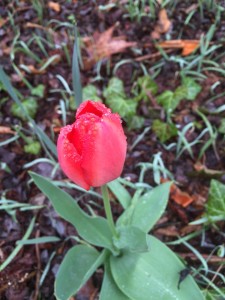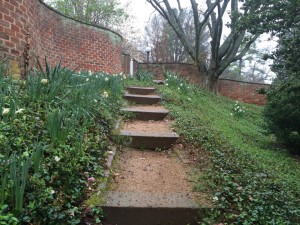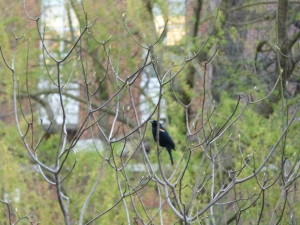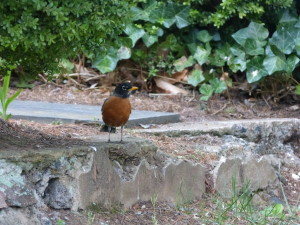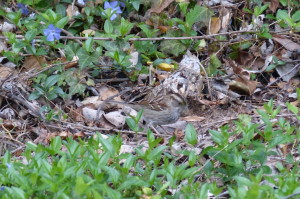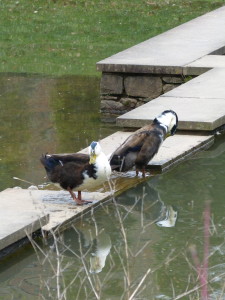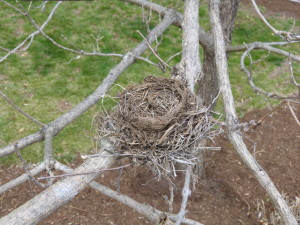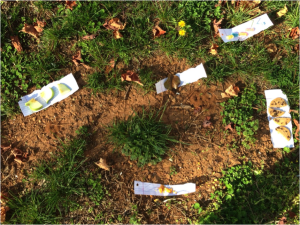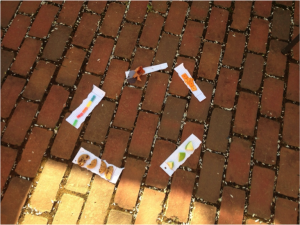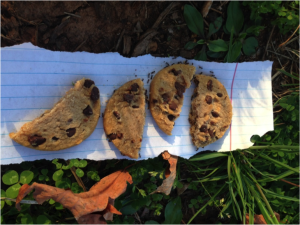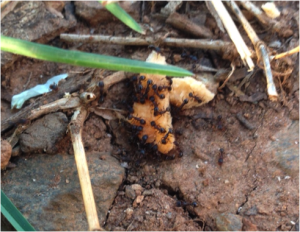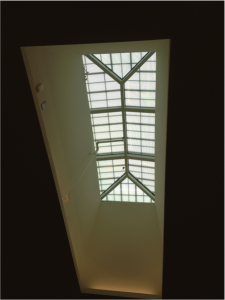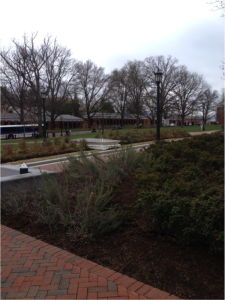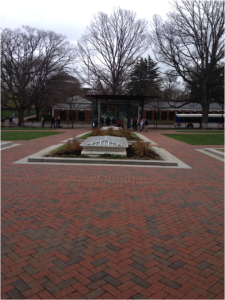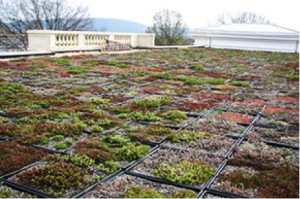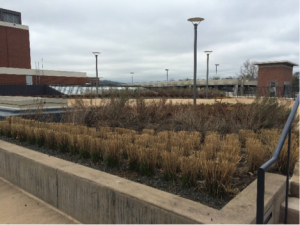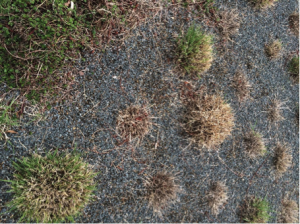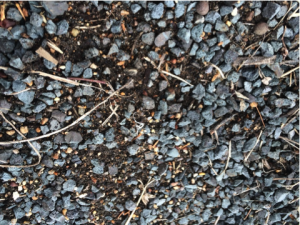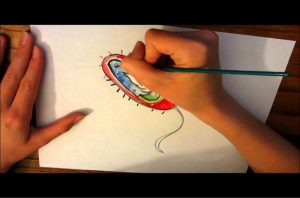People love to experience nature in everyday life. Whether it’s reading, relaxing, exercising, eating, or sleeping, normal human activities are more enjoyable in the outdoors, or with a view of nature. One activity, or task as its often seen, is often overlooked, however. It is something that most humans do multiple times a day. It is not a choice, but an unavoidable duty in everyday life. What is interesting about this activity is that it has been so shamed by humanity that we force its occurrence into dark, stale corners of our buildings. In fact, it so embarrassing that even writing this blog post about it feels inappropriate. Society has attempted to hide it in dim, depressing rooms with no natural light, no greenery, and no view of the outdoors or any nature at all. We are being depraved of nature’s pleasure in an activity that we must undertake multiple times a day.
Using the restroom.
You cannot deny that there is a significant lack of interaction with nature and the outdoors in this chore. However, there is a glimmer of hope for biophilic restrooms. Just walk up the stairs of the Special Collections Library at UVa and head into to men’s restroom. There, in the furthest stall from the door, you will find my favorite spot to enjoy nature on grounds.
Here’s the picture.
Upon entering this stall, you can’t help but take delight at the abundance of greenery. It’s not everyday that a restroom displays beautiful vegetation in close proximity to where we do our business. The second thing that I am struck by here is the natural sunlight. Instead of the typical dim, yellow lighting that does nothing but further any sense of depression, the Special Collections Library restroom offers rich, beautiful sunlight that subconsciously (or consciously) brightens your mood. While the greenery and natural light are wonderful, this spot on Grounds would not be so incredibly unique if it did not offer something more.
Let’s get a little closer and take a look at the eye-level view.
Here, in the midst of our daily routine, one that is normally filled with blank stares at an IPhone screen or a dirty floor, we get to witness the wondrous Grounds of UVa. Nature is in full-force – vibrant green grass, budding bushes, and plenty of gorgeous trees. From this spot I have witnessed birds singing, squirrels playing, and students running late to class. It is a wonderful window into the buzzing university life.
While I cannot attest to the women’s restroom, I strongly recommend a bathroom break on the second floor of the Special Collections Library if you are a male. Enjoy!
Post by Asher Noble
